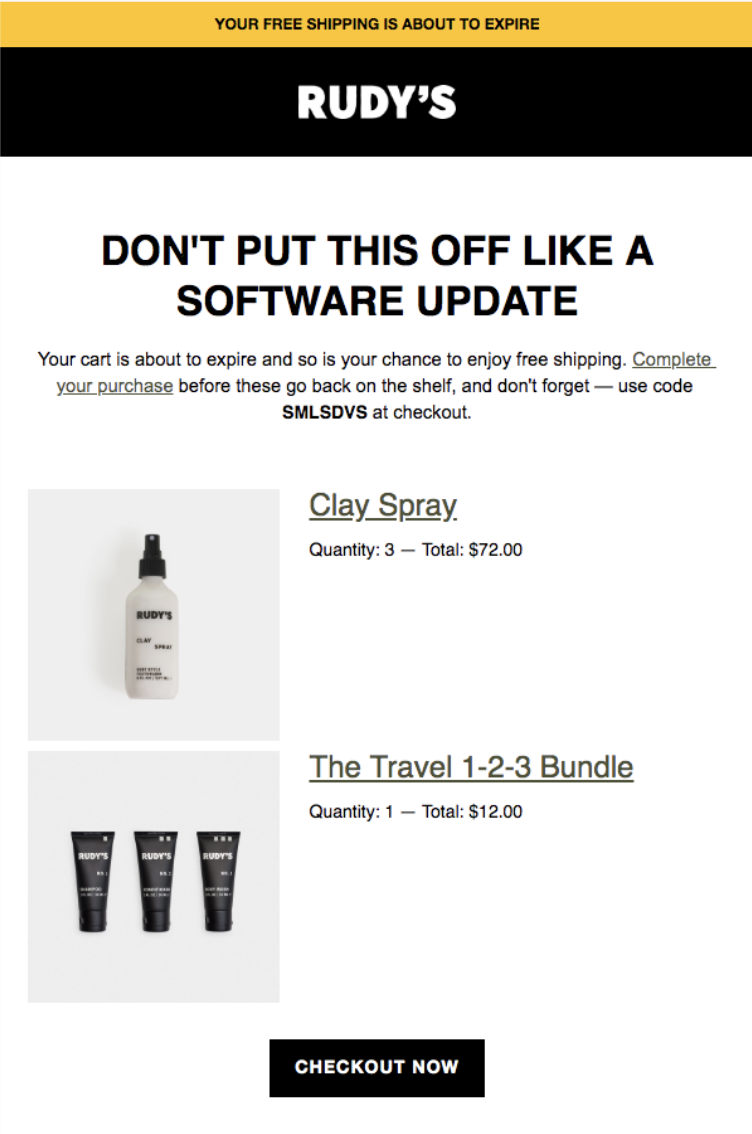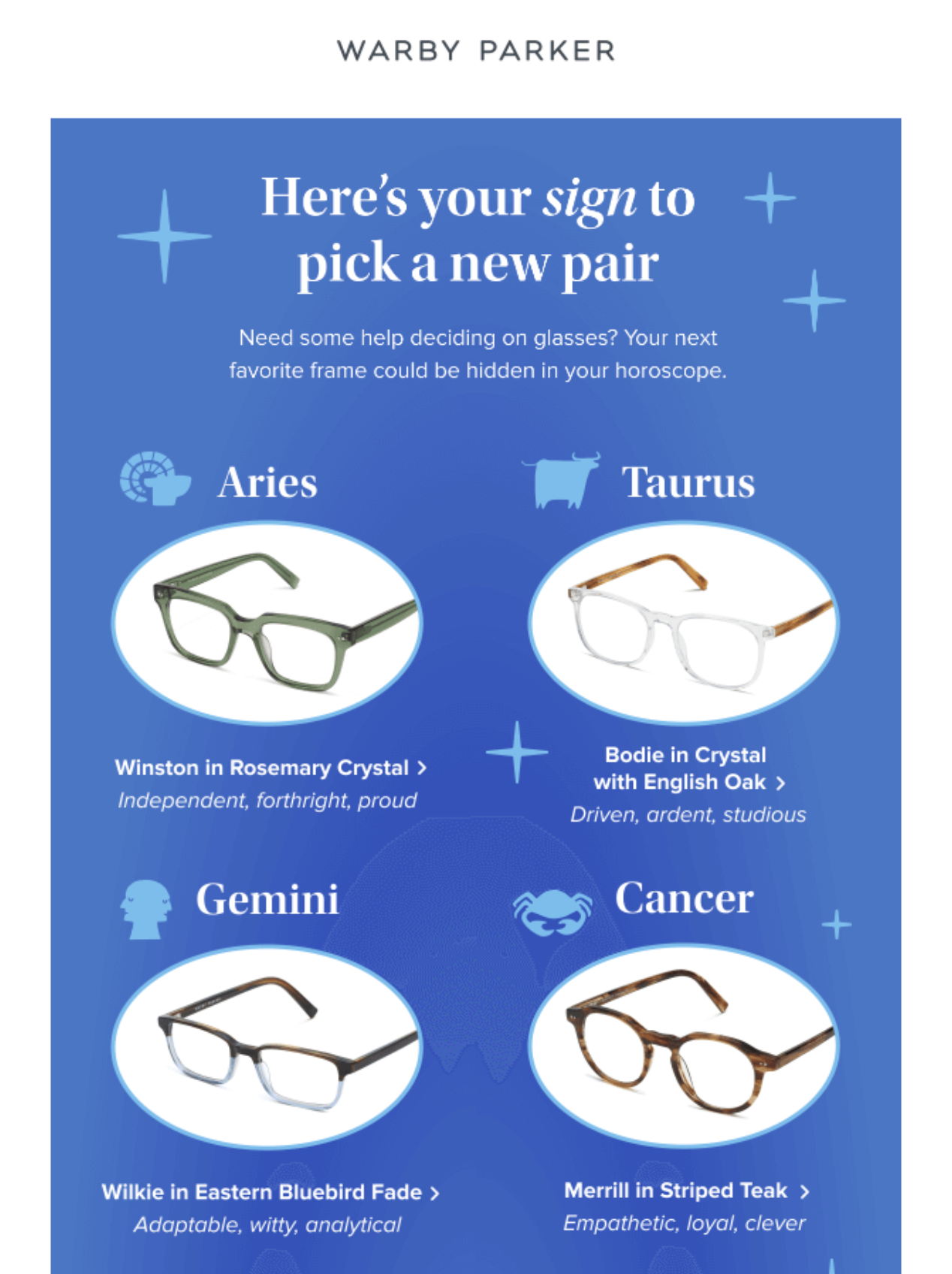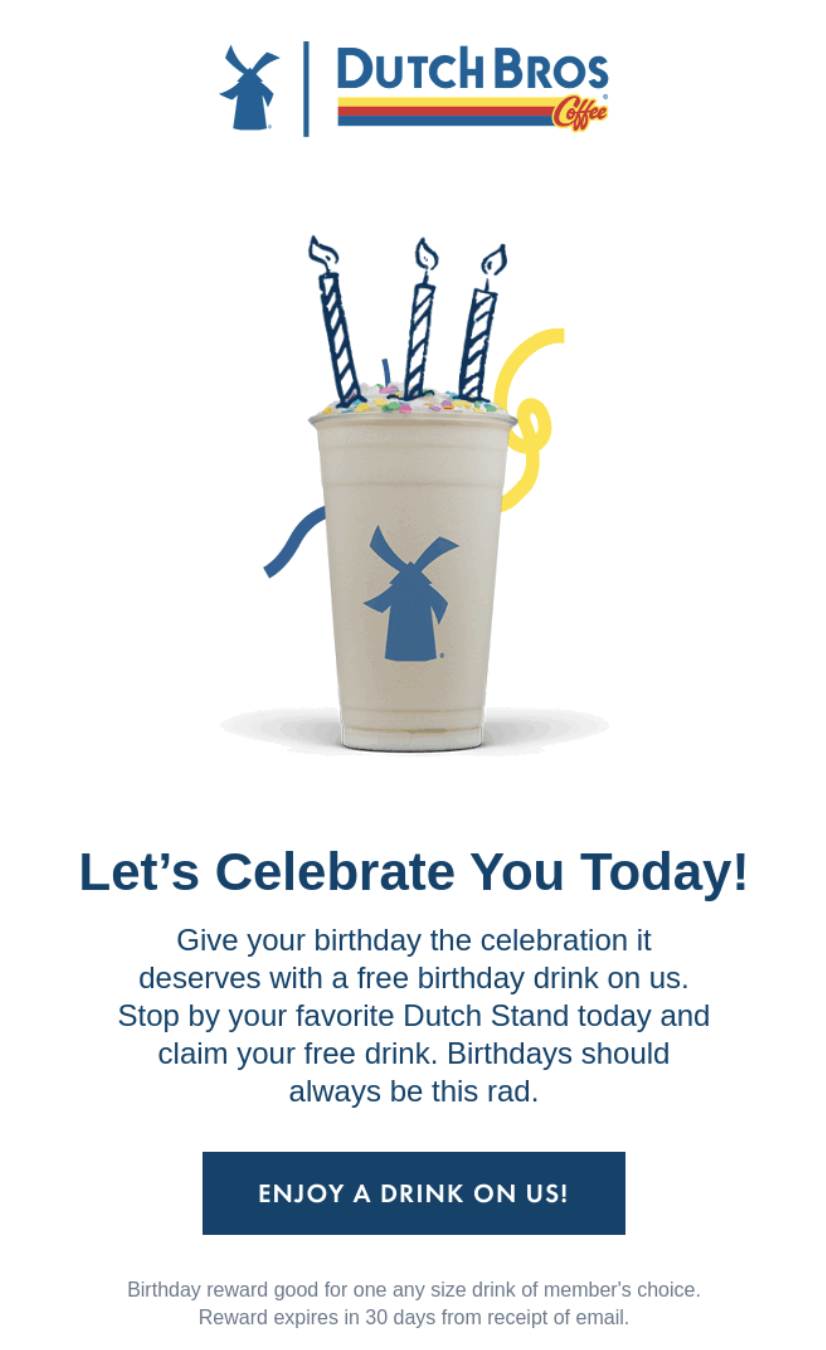Personalization Email Marketing Guide
Here we discuss everything a business needs to know about personalized marketing email campaigns.
Here we discuss everything a business needs to know about personalized marketing email campaigns.
Personalized email marketing involves using customer data to send tailored and hyper-relevant emails. This data can be anything from first names and past purchases to abandoned cart items, browsing history, demographics, and more.
Email deliverability is a critical metric, but the true mark of a successful email campaign is its open and click-through rates – and personalization plays a pivotal role in that.
HubSpot’s 2022 Email Marketing Benchmarks survey shows that 65% of marketers see better open rates with segmented emails than unsegmented ones. It also reports that 52.9% of marketers record better click-through rates when applying segmentation.
Personalizing your marketing emails also has a direct impact on conversion rates and revenue, as customers spend an average of 34% more because of personalized interactions.
Customers expect personalization: our State of Personalization report showed that 62% of consumers won’t be loyal to brands without it. Boost customer experience and loyalty by following these steps when crafting your email marketing campaigns.
Customers have different interests and are at different stages of their buyer’s journey. A generic approach to emailing them will be ineffective.
Instead, segment your subscribers according to their common characteristics – like funnel stage or signup date – and target them with email content they’re likely to engage with or act on.
Dynamic content involves sending a single email that changes some blocks of content to fit each recipient’s interests and needs. With dynamic content, you’re not targeting your entire subscriber list with the same generic email – but you also aren’t spending valuable time creating every single email from scratch.
Say you run marketing at a personal savings fintech that typically gets users from referral links, landing pages, and digital ads. You can use dynamic content by tweaking some fields in your welcome email to create multiple customized versions for new users based on where they signed up from.
Adding customers’ names to your subject lines and body copy is a tested and trusted way to personalize marketing emails.
Emails that contain subscribers’ names draw their attention and attract better engagement. Also, small tweaks like personalized subject lines humanize your email marketing, so recipients don’t feel like just another number in an ocean of subscribers receiving a mass email.
As your subscriber list and customer base grow, automation saves time and lets you run personalized email campaigns at scale. Automation happens via triggers – emails are sent to customers after they perform a specific action, like signing up for a free trial or abandoning a cart.
You can also set up email triggers to wish customers a happy birthday, re-engage inactive users, thank active ones, and more.
Personalization is non-negotiable, but 28% of marketers see it as one of the most difficult aspects of email marketing. Apply these personalization best practices to create campaigns that will resonate with your target audience.
To personalize marketing emails successfully, you need easy access to customer information. The more you know about customers, the better you can segment and target them with relevant email campaigns.
Some common ways to collect customer data for email marketing include:
A detailed email signup form that collects first and last names, email addresses, locations, etc.
Browser and app tracking to track customer behavior – where and how they interact with your website or software
A customer data platform (CDP) that collects and centralizes customer information from several touchpoints in real time – for analysis, campaign planning, and business decision-making
The creep factor happens when you overuse customer data in an attempt to personalize and end up coming off as overbearing or insincere. Avoid the creep factor by:
Limiting email communication to one or two times a week
Respecting your customers’ time by keeping marketing emails short and straightforward
Avoiding excessive intimacy – don’t add the customer’s name too frequently in the email body copy or include unnecessary endearments
Conducting A/B testing to find the kinds of messages that get the best reactions
Prioritizing email quantity over quality is counterproductive because it doesn’t let you focus on producing pertinent and relevant messages. Choose quality over quantity, so you don’t end up with tons of ineffective emails and wasted time and resources.
Say your organization plans to roll out a new product feature every week of a new month. Instead of sending a different email every week, you can merge them and send the updates biweekly or in a monthly newsletter.
Milestones like profile completion, actions taken in the app, referral goals, and more are good opportunities to engage customers using email marketing personalization.
So, if a customer completes 100 hours of study on an eLearning app, personalization will look like an email congratulating and encouraging them to do more to feed that positive engagement.
Want to connect with customers on a personal level? Send emails from a person’s email ID (jane@xcompany.com) instead of a business email (info@xcompany.com).
Think of your favorite brands and the emails they send you. Chances are, you remembered the ones with a “Hannah from X Company” signoff and not a generic business. That’s the power of human-to-human connection: it enhances relatability and authenticity.
Below, we list a few examples of personalized email sends to work into your strategy.
Welcome emails engage new customers early on and get them to use your product or make a purchase, so they don’t lose interest or churn.

Cart abandonment emails remind e-commerce shoppers about items they left in their carts, nudging them to complete a purchase.

Cart abandonment email from Rudy’s Barbershop
Product recommendation emails show customers items similar to those they’ve bought before or those you simply think they’d be interested in based on their past behavior (which falls under the category of cross-selling).

Product recommendation email from Warby Parker
Birthday emails celebrate customers on their birthdays and typically include special offers to boost loyalty and encourage a purchase.

Birthday email from Dutch Bros Coffee
Now that you understand email personalization strategies and how they contribute to higher open and click-through rates, the next step is to start applying them to your marketing campaigns. This is where Twilio Engage comes in.
Twilio Engage is built on top of a customer data platform, which collects, centralizes, and analyzes all your customer data to gain relevant insights into behavior and preferences. This empowers teams to create highly-personalized audience segments, and engage with users at scale by acting on real-time data and leveraging Engage’s native email and SMS.
Connect with a Segment expert who can share more about what Segment can do for you.
We'll get back to you shortly. For now, you can create your workspace by clicking below.
Write a personalized marketing email by following these steps:
Gather information on your customers and segment them into email lists (this could be by funnel stage, job title, location, etc.).
Include content that’s relevant to each audience segment based on their behavior, journey stage, known preferences, and so on.
Add subscribers’ names in email subject lines and occasionally within body copy.
Use one clear and visible CTA.
Send the email from a personal email ID and sign off with a person’s name (instead of a business name).
Yes, personalized email marketing is effective. It helps you reach customers with the right messages at the right time to boost conversion and retention rates. Customers spend an average of 34% more because of personalization, while 62% of customers are disloyal to brands with un-personalized experiences.
Yes, personalized emails perform better than un-personalized ones: 65% of marketers see better open rates with segmented emails than unsegmented ones, and 52.9% of marketers record better click-through rates with personalized emails.
Some ways to personalize an email campaign include:
Segmentation: to divide subscribers according to their interests and stages in the buyer journey
Dynamic content: to send unique emails to each audience segment instead of sending the same generic email to all your subscribers
Using customers’ names: to connect with subscribers on a personal level
Automation: to save time and run scalable personalized email campaigns
Twilio Engage is a customer engagement solution, which enables businesses to collect customer data and segment customers based on their common features, and also comes with native email and SMS for real-time activation.